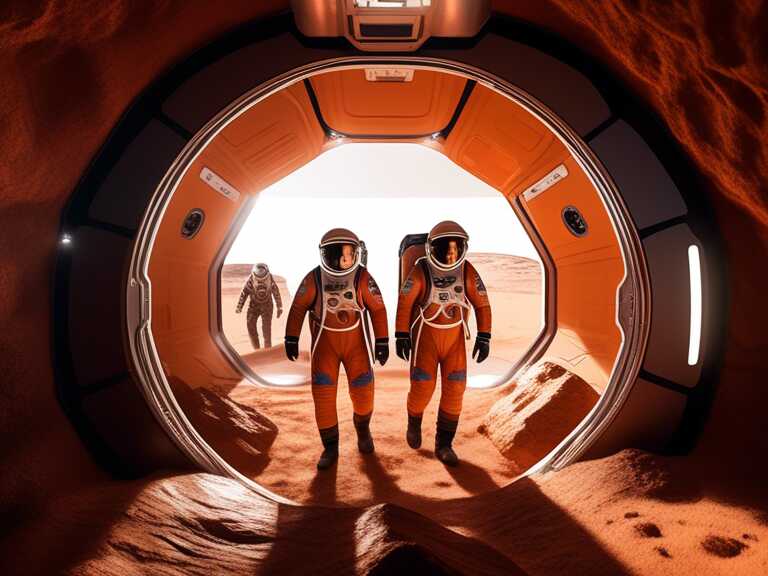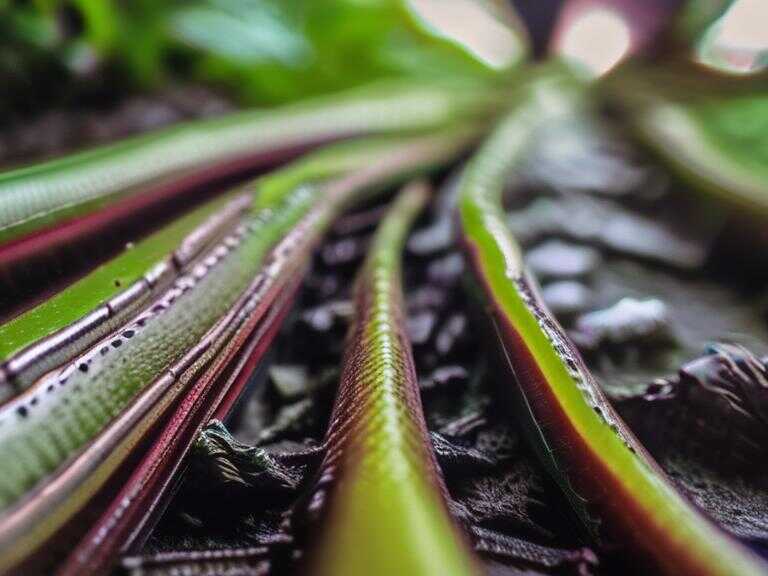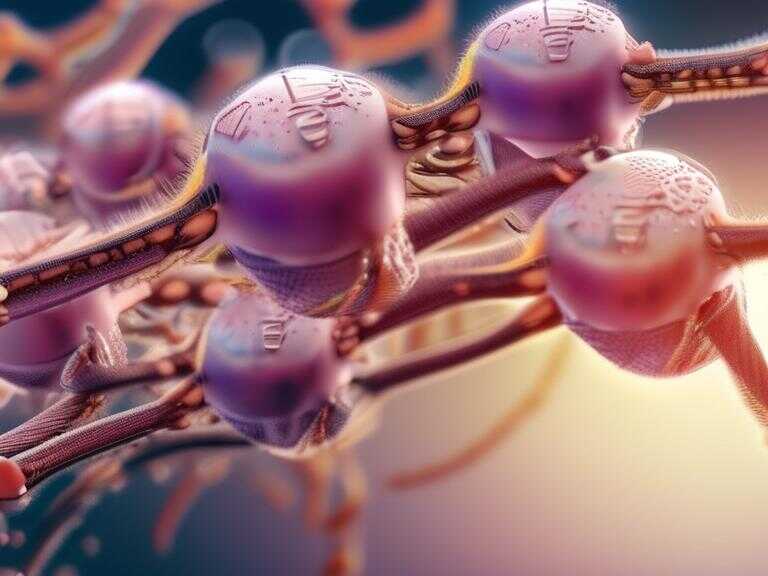
Volunteers emerge from NASA's simulated Mars environment after yearlong mission on Earth
Four volunteers completed a yearlong simulation at NASA's Mars habitat, testing conditions and tasks for future missions to the red planet.

Four volunteers completed a groundbreaking mission at NASA's first simulated Mars habitat after spending more than 12 months in the unique environment. The crew members emerged from the 3D-printed habitat at Johnson Space Center in Houston, marking the end of their 378-day confinement.
Volunteer Crew Composition
The volunteer crew, consisting of Kelly Haston, Anca Selariu, Ross Brockwell, and Nathan Jones, entered the habitat on June 25, 2023, embarking on NASA's Crew Health and Performance Exploration Analog (CHAPEA) project. The group, comprising a research scientist, a structural engineer, an emergency medicine physician, and a U.S. Navy microbiologist, was selected to lead the project's inaugural yearlong mission, reflecting a diverse range of expertise. Notably, none of the crew members had previous astronaut training.
Experimental Focus and Challenges
During their confinement, the crew lived and worked within a 17,000-square-foot space to simulate conditions for a mission to Mars. The focus of the mission included simulated spacewalks, vegetable cultivation, and habitat maintenance, all while addressing challenges such as limited resources, isolation, and communication delays of up to 22 minutes with Earth. These activities were crucial in providing insights into the potential conditions and demands of a real Mars mission.
Key Findings and Future Missions
The crew's experimentation primarily centered around nutrition and its impact on their performance, providing valuable data for future Mars operations. Additionally, two more CHAPEA missions are planned, aiming to continue simulated spacewalks and gather essential data on factors related to both physical and behavioral health and performance.
Gratitude and Lessons Learned
Upon emerging from the habitat, the volunteers expressed gratitude for the experience and highlighted valuable lessons learned. One crew member emphasized the importance of sustainable living for the benefit of all, while another underscored the unifying potential of space exploration. The mission concluded with a profound sense of accomplishment and a stronger resolve to pursue ambitious space exploration initiatives.
As NASA continues to prioritize its goal of a manned mission to Mars, the successful completion of the CHAPEA project represents a significant milestone in advancing the agency's efforts in global space exploration.
Share news















